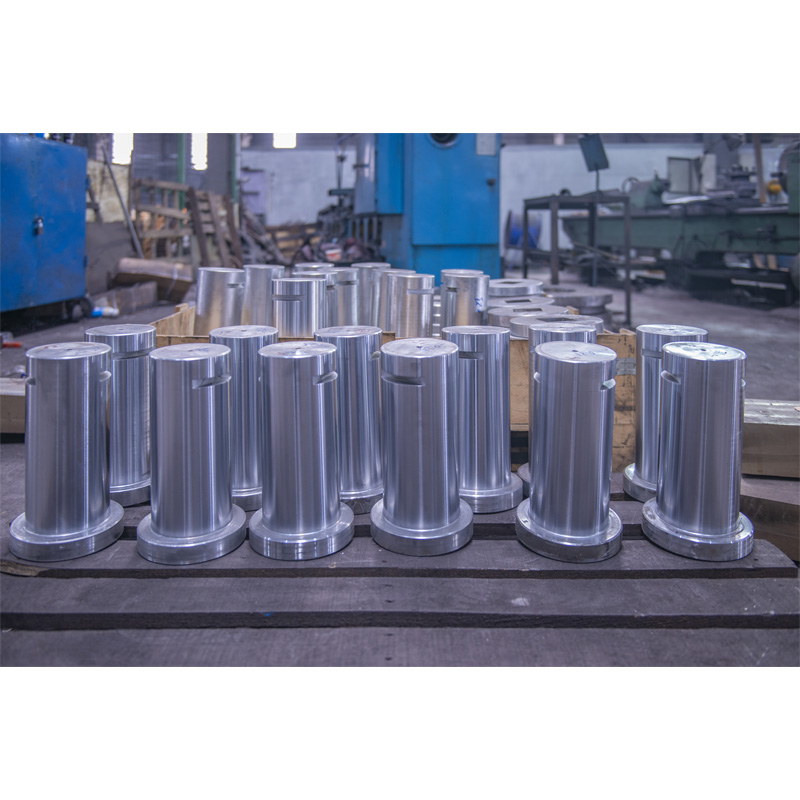What are the steps for forging in a forge?
2022-03-28
The steps of the forging process are as follows. Calculating and blanking is one of the important links to improve the material utilization rate and realize the finishing of blank. Too much material not only causes waste, but also aggravates die wear and energy consumption. If the blanking does not leave a little margin, it will increase the difficulty of process adjustment and increase the rejection rate. In addition, the quality of cutting end face also has an impact on the process and forging quality.
The purpose of heating is to reduce forging deformation force and improve metal plasticity. But heating also brings a series of problems, such as oxidation, decarbonization, overheating and burning. Accurate control of initial and final forging temperature has great influence on product structure and properties.
Flame furnace heating has the advantages of low cost, strong applicability, but the heating time is long, easy to produce oxidation and decarbonization, working conditions also need to constantly improve. Electroinduction heating has the advantages of rapid heating and less oxidation, but it has poor adaptability to product shape, size and material change.
Forging is produced under the action of external force, so the correct calculation of deformation force is the basis for selecting equipment and checking die. The stress and strain analysis of the deformed body is also necessary to optimize the process and control the microstructure and properties of forgings.
The main analysis methods of deformation force are the principal stress method, which is not very strict, but relatively simple and intuitive, and can calculate the total pressure and the stress distribution on the contact surface between the workpiece and the tool.
The purpose of heating is to reduce forging deformation force and improve metal plasticity. But heating also brings a series of problems, such as oxidation, decarbonization, overheating and burning. Accurate control of initial and final forging temperature has great influence on product structure and properties.
Flame furnace heating has the advantages of low cost, strong applicability, but the heating time is long, easy to produce oxidation and decarbonization, working conditions also need to constantly improve. Electroinduction heating has the advantages of rapid heating and less oxidation, but it has poor adaptability to product shape, size and material change.
Forging is produced under the action of external force, so the correct calculation of deformation force is the basis for selecting equipment and checking die. The stress and strain analysis of the deformed body is also necessary to optimize the process and control the microstructure and properties of forgings.
The main analysis methods of deformation force are the principal stress method, which is not very strict, but relatively simple and intuitive, and can calculate the total pressure and the stress distribution on the contact surface between the workpiece and the tool.
The slip line method is strict for plane strain problems, and it is more intuitive to solve the stress distribution for local deformation of high parts, but its application scope is narrow. The upper bound method can give the overestimated load and the upper bound element can also predict the shape change of the workpiece during deformation.

X
We use cookies to offer you a better browsing experience, analyze site traffic and personalize content. By using this site, you agree to our use of cookies.
Privacy Policy



